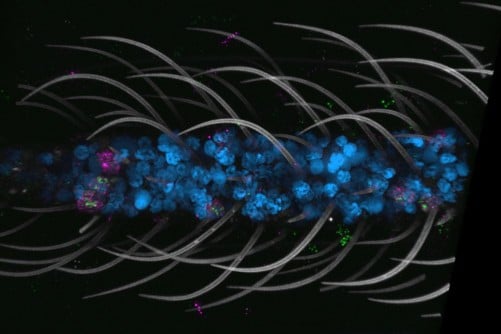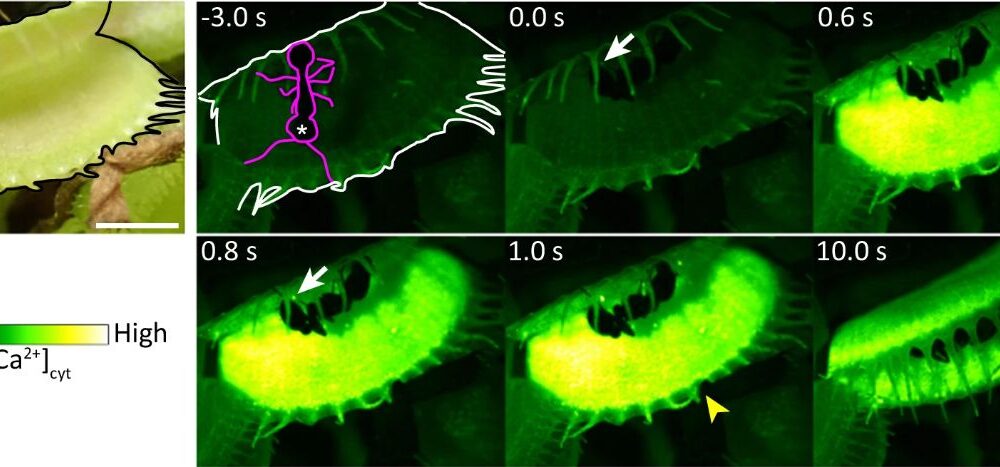Researchers at Rockefeller University have developed the first-ever cellular atlas of the Aedes aegypti mosquito, a species known for transmitting numerous dangerous diseases. This groundbreaking project, conducted by the university’s Laboratory of Neurogenetics and Behavior in collaboration with global experts, offers unprecedented insight into the mosquito’s biology at a cellular level. The Mosquito Cell Atlas charts gene expression across all mosquito tissues, from antennae to legs, and is freely accessible to researchers and the public.
Published in the journal Cell, the atlas represents a significant achievement in mosquito research, according to lab head Leslie Vosshall, who has focused on Aedes aegypti for nearly two decades. “This is a comprehensive snapshot of what every cell in the mosquito is doing as far as expressing genes,” Vosshall stated. The dataset has already unveiled new information about the mosquito’s genetic makeup, including novel cell types and unexpected similarities between male and female mosquitoes.
The research team, led by first author Olivia Goldman, aimed to bridge the knowledge gap between the sexes, as previous studies predominantly focused on females, who are responsible for disease transmission. “Both females and males feed on nectar, but females need blood for protein to develop their eggs,” Goldman explained. Vosshall emphasized the importance of including male biology in this research, as the cellular data could provide a more holistic understanding of the species.
The atlas was constructed using advanced single-nucleus RNA sequencing (snRNA-seq) techniques, resulting in a dataset comprising over 367,000 nuclei from 19 types of mosquito tissues categorized into five biological themes: major body segments, sensation and host seeking, viral infection, reproduction, and the central nervous system.
Among the notable findings was the identification of 69 distinct cell types, organized into 14 major categories, many of which had not been previously documented. One striking aspect was the discovery of polymodal sensory neurons throughout the mosquito’s body, not just in the antennae and mouthparts but also in the legs. “These multifunctional chemoreceptors allow mosquitoes to detect sweetness and fresh water, aiding their survival,” noted senior author Nadav Shai.
The researchers also investigated how female mosquitoes’ behavior changes after a blood meal. They observed significant shifts in gene expression in the brains of female mosquitoes at various intervals post-feeding—3, 12, 24, and 48 hours. These changes peaked shortly after feeding, with an unexpected emphasis on the glial cells, which constitute less than 10% of brain cells. “It’s evidence that glia are crucial for not just supporting brain function but also influencing behavior,” Shai remarked.
Furthermore, the study revealed that despite the notable differences in morphology and behavior between the sexes, the overall cellular structure of male and female mosquitoes is largely similar. “Most cells look the same, and the transcripts they express are similar,” Vosshall said. However, they identified a unique small cluster of cells in the male antennae, suggesting potential areas for future research.
As scientists continue to explore the implications of the Mosquito Cell Atlas, both Vosshall and Shai are optimistic about the potential discoveries ahead. “The sheer size of the dataset opens up many new avenues of research,” Shai stated. Vosshall expressed excitement about the collaborative nature of the project, which has been openly accessible since its inception in 2021.
The Mosquito Cell Atlas is expected to serve as a pivotal resource in advancing the understanding of mosquito biology, ultimately aiding efforts to combat the diseases spread by this notorious species.







